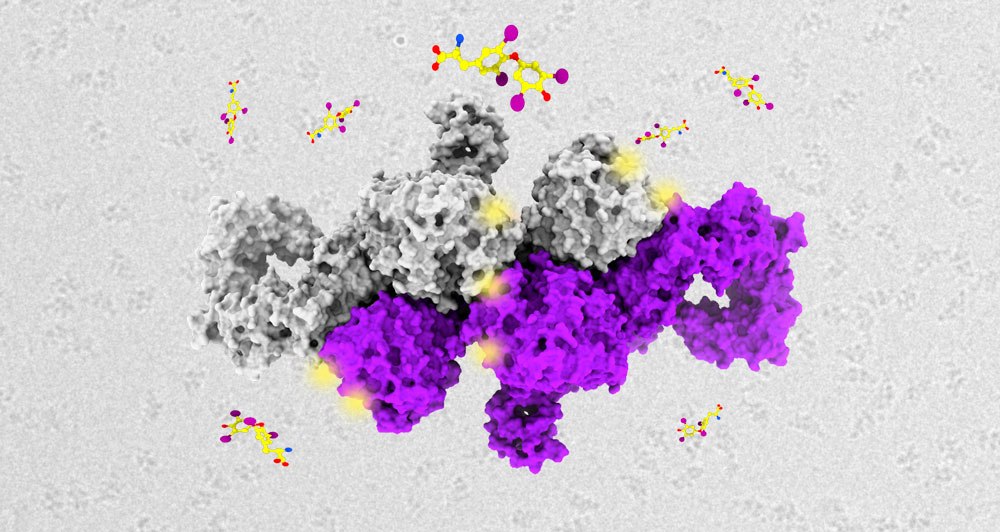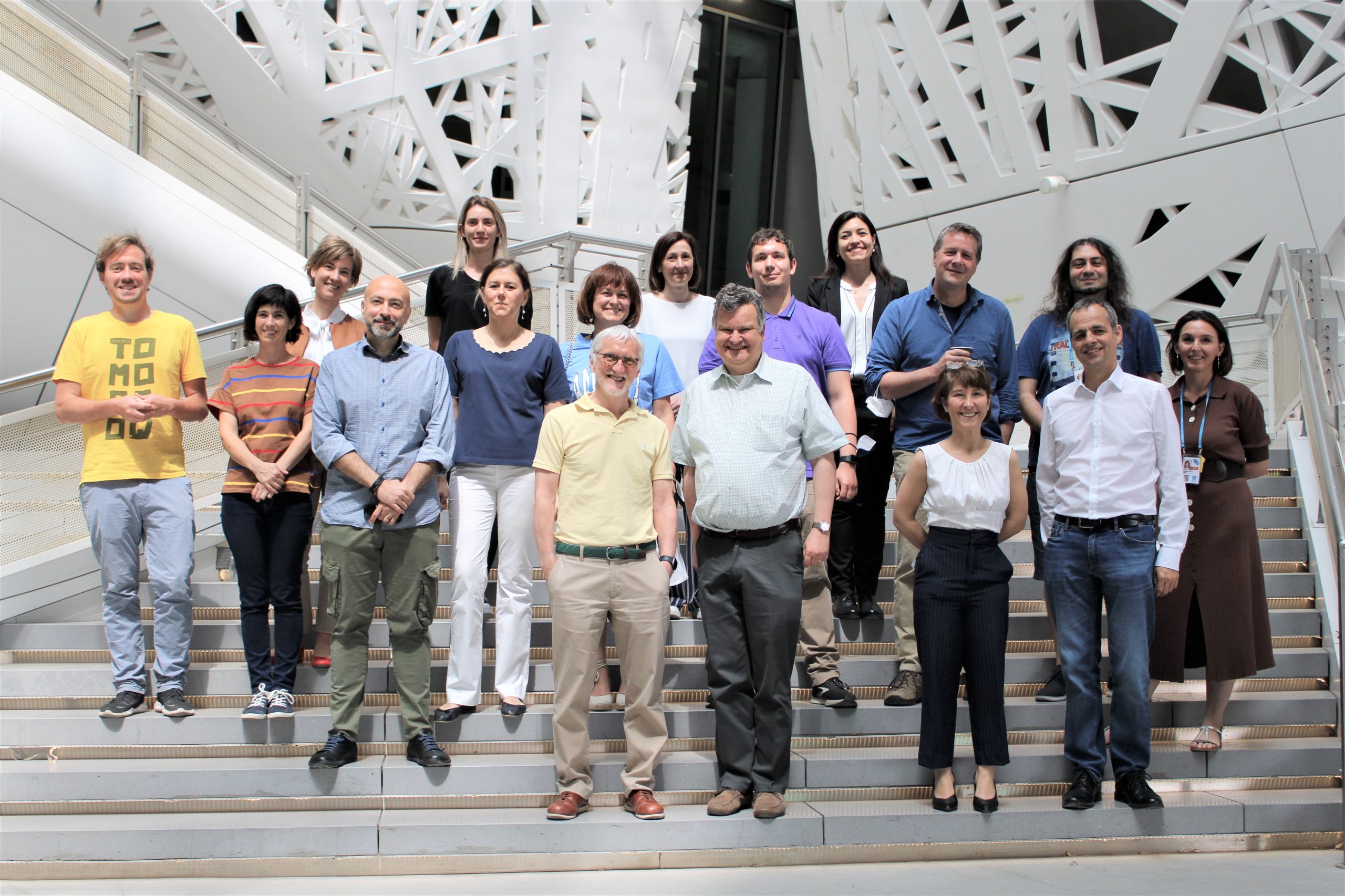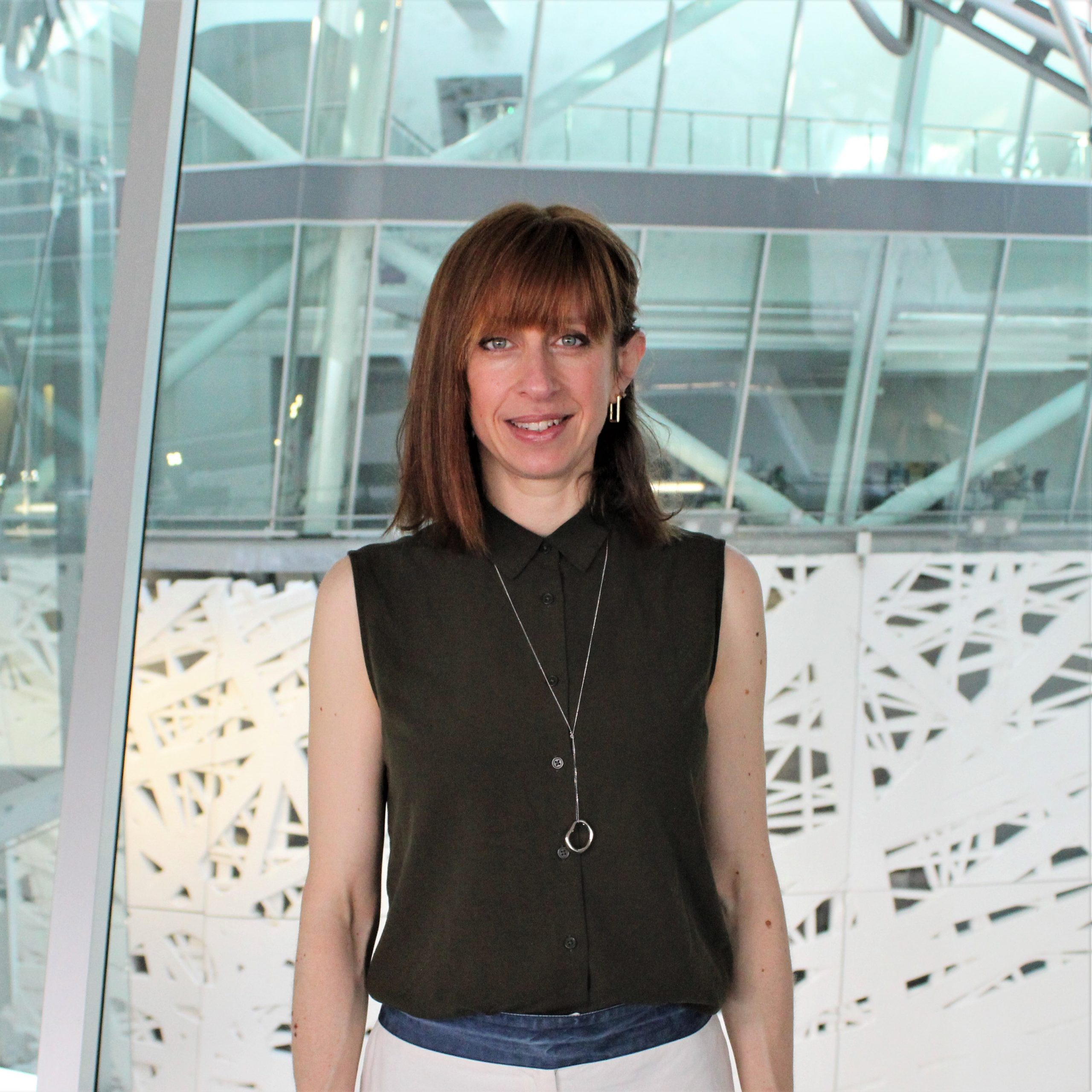Marie Skłodowska-Curie Actions Postdoctoral Fellowships 2022 at HT
Human Technopole is looking for enthusiastic postdoctoral researchers interested in applying for Marie Skłodowska-Curie Actions Postdoctoral Fellowships 2022. Projects should focus on one of the areas of the five HT’s Research Centres: Computational Biology, Structural Biology, Genomics, Neurogenomics and Health Data Science. The objective of PFs is to support researchers’ careers and foster excellence in […]
Post-translational modifications in control of human thyroglobulin
Thyroglobulin is the protein precursor of thyroid hormones, key regulators of vertebrate development and metabolism. On the occasion of World Thyroid Day, Laura Tosatto and Francesca Coscia discuss how post-translational modifications (PTM) of thyroglobulin can regulate thyroid gland function in health and disease. They also highlight the importance of combining structural biology, proteomics, and genomics […]
HT Welcomes ISTA to Discuss New Frontiers in Life Sciences
The leadership of the Institute of Science and Technology Austria-ISTA is visiting Human Technopole for a day of talks and seminars. Thanks to the use of organoids, Human Technopole’s Centre for Neurogenomics and ISTA have already collaborated on a study on autism spectrum disorder caused by mutations in the CHD8 gene, recently published in the […]
Why do we have preferences towards certain foods?
A new study in Nature Communications by Nicola Pirastu and colleagues identifies new loci involved in individual food choice in a large-scale genome-wide association study and deepens our understanding of the genetics behind food liking. French politician Jean Anthelme Brillat-Savarin gained fame for his passion for food and the aphorism “Tell me what you eat: […]
Introducing Luisa Zuccolo
Luisa Zuccolo is an epidemiologist interested in the interplay between maternal and child health. She will be joining HT from the University of Bristol (UK), where she is a Senior Lecturer at the Integrative Epidemiology Unit, Department of Population Health Sciences. Luisa will join HT in July 2022, but she is already working to build […]




